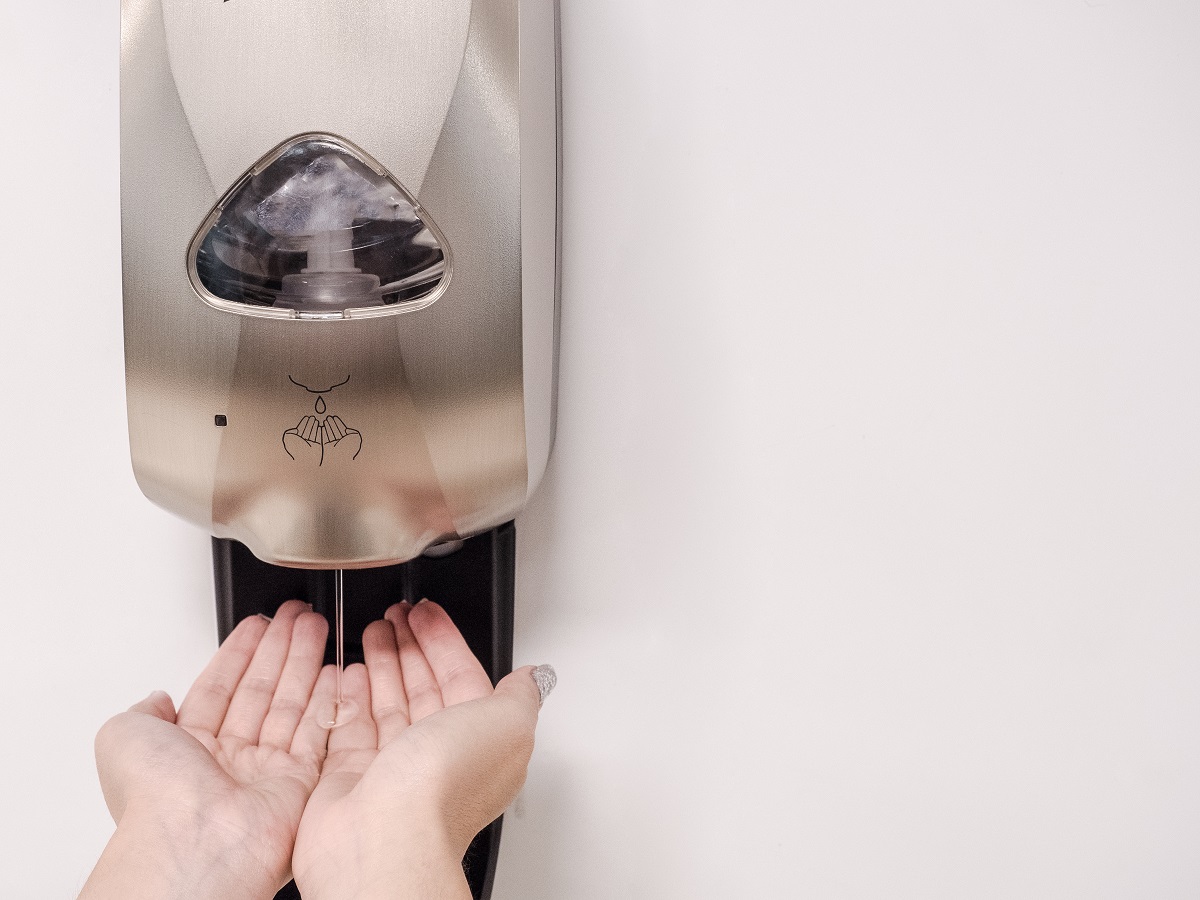As the pandemic has ushered in a world of remote work, it’s becoming clear that many people prefer such arrangements. And increasingly, companies are proving willing to listen.
Much has been made over how remote workers will adjust in a future where even more of our lives will shift into the virtual realm. But what are businesses going to do with their office space?
The traditional office is still needed
Early into the pandemic, it became clear that remote work would rise and provide a pathway for many companies to continue operating amid lockdowns and travel restrictions. But it was also evident that working remotely wasn’t feasible for everybody.
Workers who hold knowledge-based jobs possess the requisite skills and technological literacy to take their tasks home and work online. Those who don’t might find it difficult to make the transition.
Even among the burgeoning work-from-home population, many have noticed significant challenges to productivity and effective collaboration. They feel a greater sense of isolation and are uncertain about how to advance their careers.
And it’s not as though AI can so easily take over every job requiring humans to be physically present. In some cases, the technology is available. In others, it can take years to get up to speed.
The combination of these factors means that the need for a traditional office won’t go away. For some people, full-time remote work suits them perfectly. Others want a mixed approach. And there are those for whom it’s simply not an option.
In the same way, companies know that supporting a remote workforce isn’t an all-or-nothing proposition. Current safety measures might mandate that everyone who can work remotely does so. But businesses will always need on-site manpower and will learn to scale their operations to accommodate a hybrid workforce moving forward.
Changes concerning health and safety
With that in mind, business owners and building managers might want to put their heads together and use this downtime to plan some changes to their premises. They can start getting to work using Bosch power tools and implement some improvements directly related to the pandemic.
Remote work might have given businesses some relief by lowering energy consumption. A return to work with at least part of the workforce operating remotely full-time can lower headcount and open up the possibility of reducing floor space. But that might not be entirely desirable.
Moving forward, employees will tend to be more acutely aware of one another’s personal space. Even with fewer people on-site, everyone needs to observe safe distancing.

That might mean keeping the same overall square footage. It can also entail the installation of increased surveillance equipment to monitor people’s movements. And it could also lead to an overall reversal of the open office design trend.
Other office changes influenced by Covid-19 will be designed to reduce contact. They could be subtle, like using biometric interfaces to regulate access while also conducting discreet temperature checks.
Or they might be invisible. Upgrades to the ventilation system for improved filtration and less recirculation, installation of UV lighting for after-hours disinfection, and easily cleaned fabric surfaces fall into this category.
Addressing long-term needs
Ultimately, though, the future office will need to do more than alleviate concerns related to the coronavirus. It will have to address the long-term needs of employers and their people.
The shift to remote work has brought about increased awareness of what we can accomplish just by working within our homes’ confines. At the same time, it has reminded us of how badly we need face-to-face interactions with colleagues and friends, peers, mentors, and collaborators.
Together, these needs can be accommodated by a trend towards more mixed-use facilities. Ideally, an employee could report to work under a hybrid model, with the option to stay at home on some days. When they head to the office, it will be located within the same building as their fitness center and several options for dining, entertainment, and other leisure events.
Future offices can also be influenced by a company’s decision to go with a more decentralized operations model. The idea would be to have one central office in the heart of a big city, with other satellites distributed in outlying areas closer to where more workers live.
By now, companies should have figured out whether they can get by entirely with a team of remote workers. And if not, then letting go of a prime location might not be the smart move. People will eventually report back to the traditional workplace. It’s time to have the right improvements prepared.




